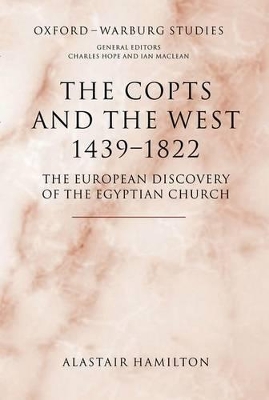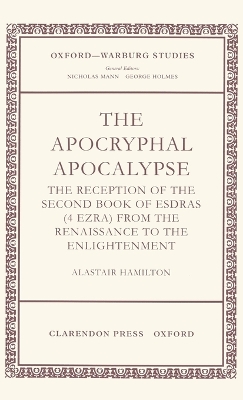Oxford-Warburg Studies
2 total works
In seventeenth-century Europe the Copts, or the Egyptian members of the Church of Alexandria, were widely believed to hold the key to an ancient wisdom and an ancient theology. Their language was thought to lead to the deciphering of the hieroglyphs and their Church to retain traces of early Christian practices as well as early Egyptian customs. This book, the first full-length study of the subject, discusses the attempts of Catholic missionaries to force the Church
of Alexandria into union with the Church of Rome and the slow accumulation of knowledge of Coptic beliefs, undertaken by Catholics and Protestants. It ends with a survey of the study of the Coptic language in the West and of the uses to which it was put by Biblical scholars, antiquarians, theologians
and Egyptologists.
of Alexandria into union with the Church of Rome and the slow accumulation of knowledge of Coptic beliefs, undertaken by Catholics and Protestants. It ends with a survey of the study of the Coptic language in the West and of the uses to which it was put by Biblical scholars, antiquarians, theologians
and Egyptologists.
This is the first study of the reception of the apocryphal Second Book of Esdras (4 Ezra) from the fifteenth to the eighteenth century. Professor Hamilton discusses the concepts of biblical apocrypha and canonicity in connection with the increasingly critical attitude to religious authority which developed with the humanists and intensified with the Reformation. The Book owed its initial success to Hebraists such as Pico della Mirandola and Bibliander. It was used
to account for the origins of Jewish Kabbalah and to prophesy political and religious events: the fall of the Ottoman empire, or the destruction of the papacy. Anabaptists, dissident Protestants of various persuasions, Rosicrucians and Paracelsians consulted it not only as a work of prophecy but,
it is argued, as an emblem of dissent, rejected by the official Churches. At the same time more sober scholars, both Protestants and Catholics, scrutinized 2 Esdras with greater objectivity, endeavouring to date it correctly and establish its authorship. This study also investigates the interaction between their views and those of the Book's enthusiastic supporters.
to account for the origins of Jewish Kabbalah and to prophesy political and religious events: the fall of the Ottoman empire, or the destruction of the papacy. Anabaptists, dissident Protestants of various persuasions, Rosicrucians and Paracelsians consulted it not only as a work of prophecy but,
it is argued, as an emblem of dissent, rejected by the official Churches. At the same time more sober scholars, both Protestants and Catholics, scrutinized 2 Esdras with greater objectivity, endeavouring to date it correctly and establish its authorship. This study also investigates the interaction between their views and those of the Book's enthusiastic supporters.

